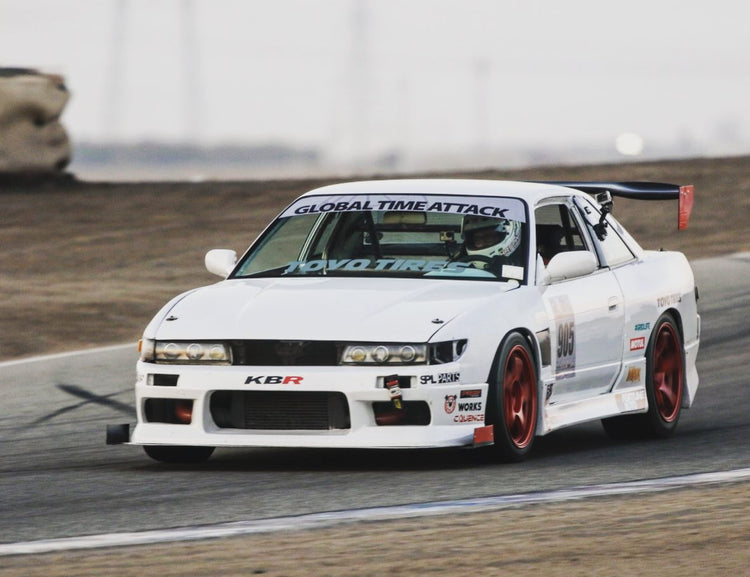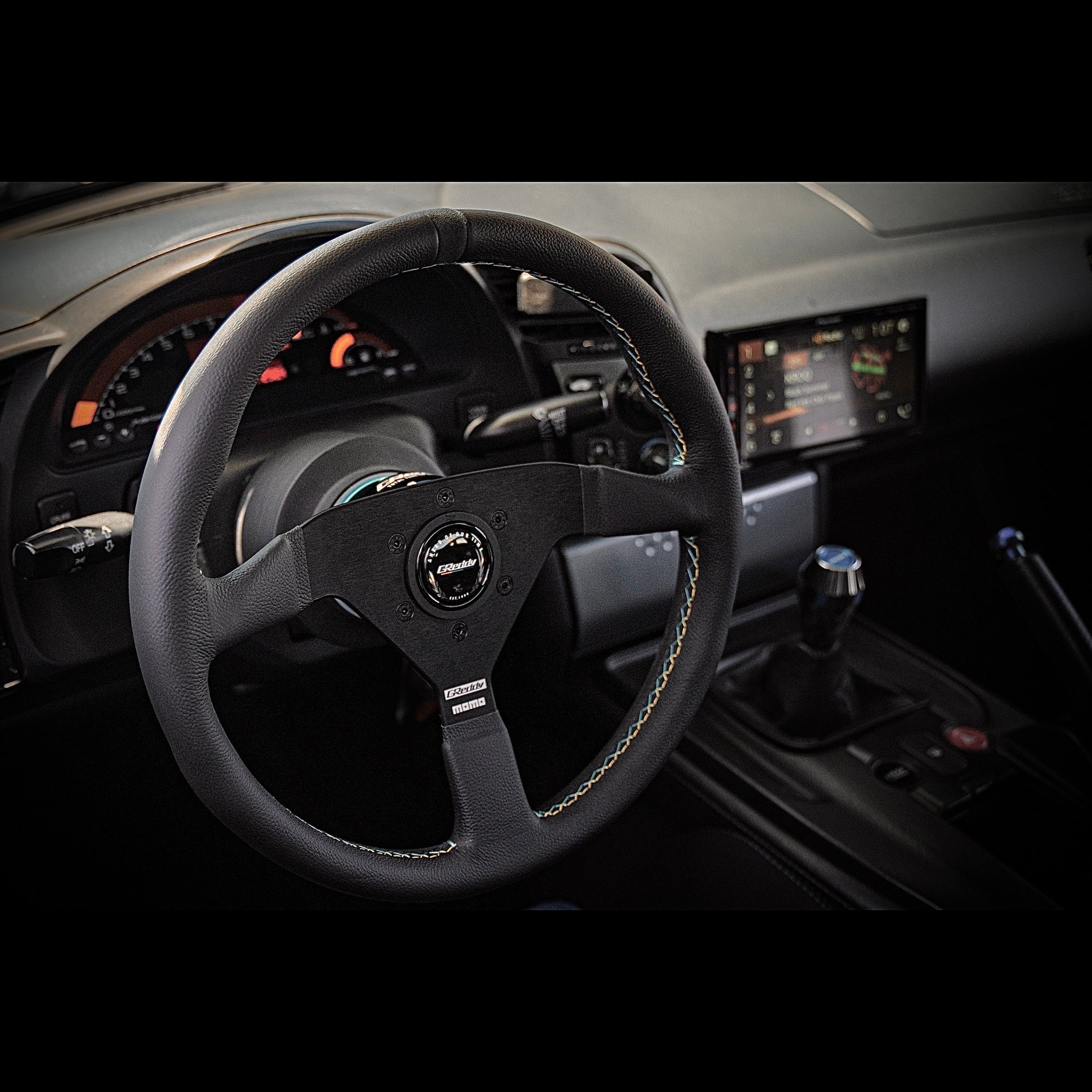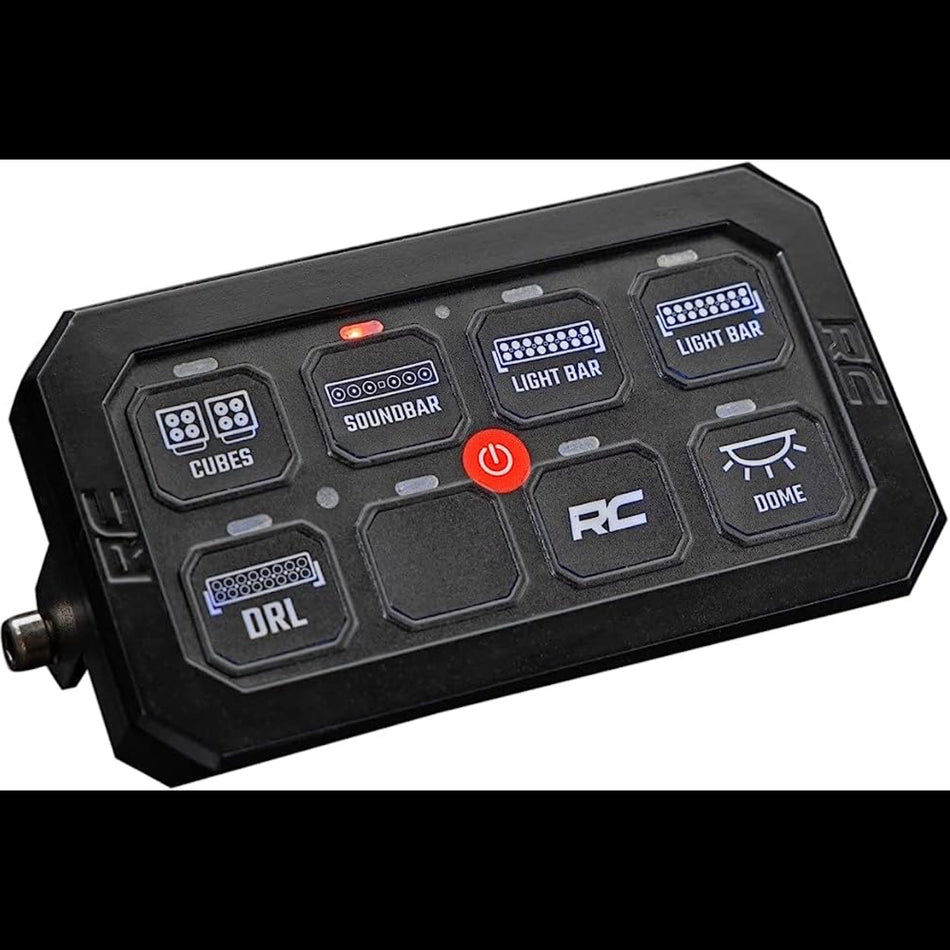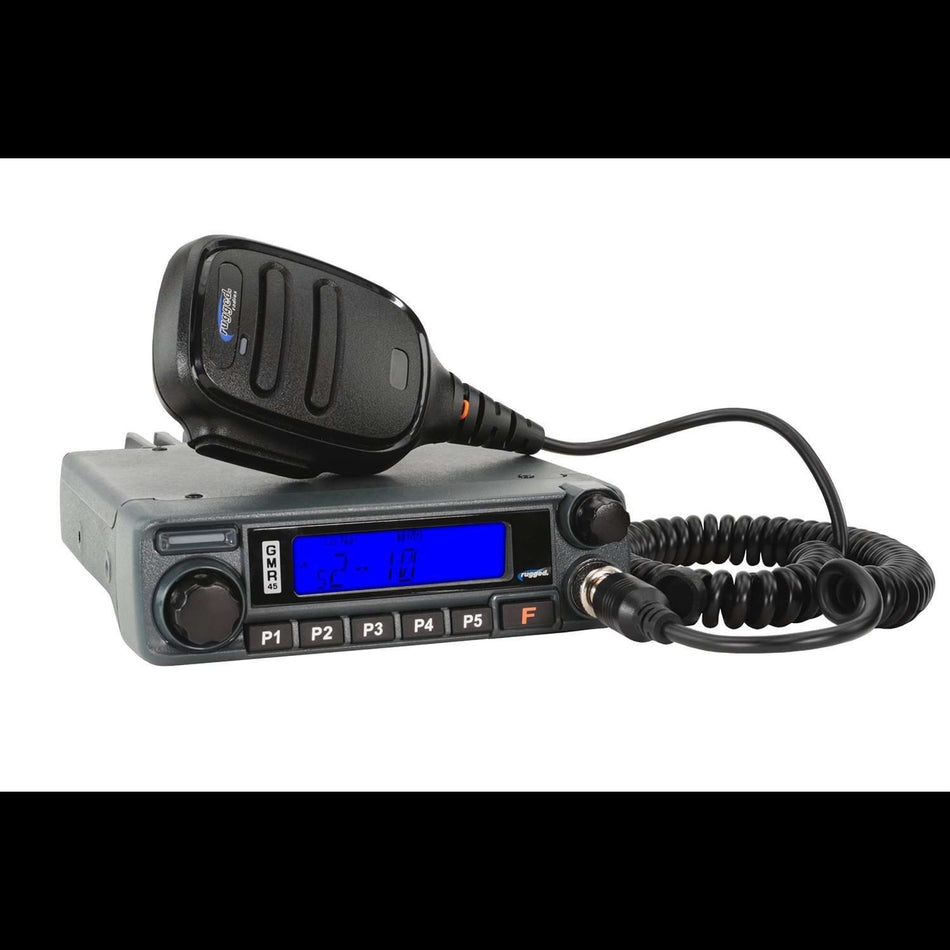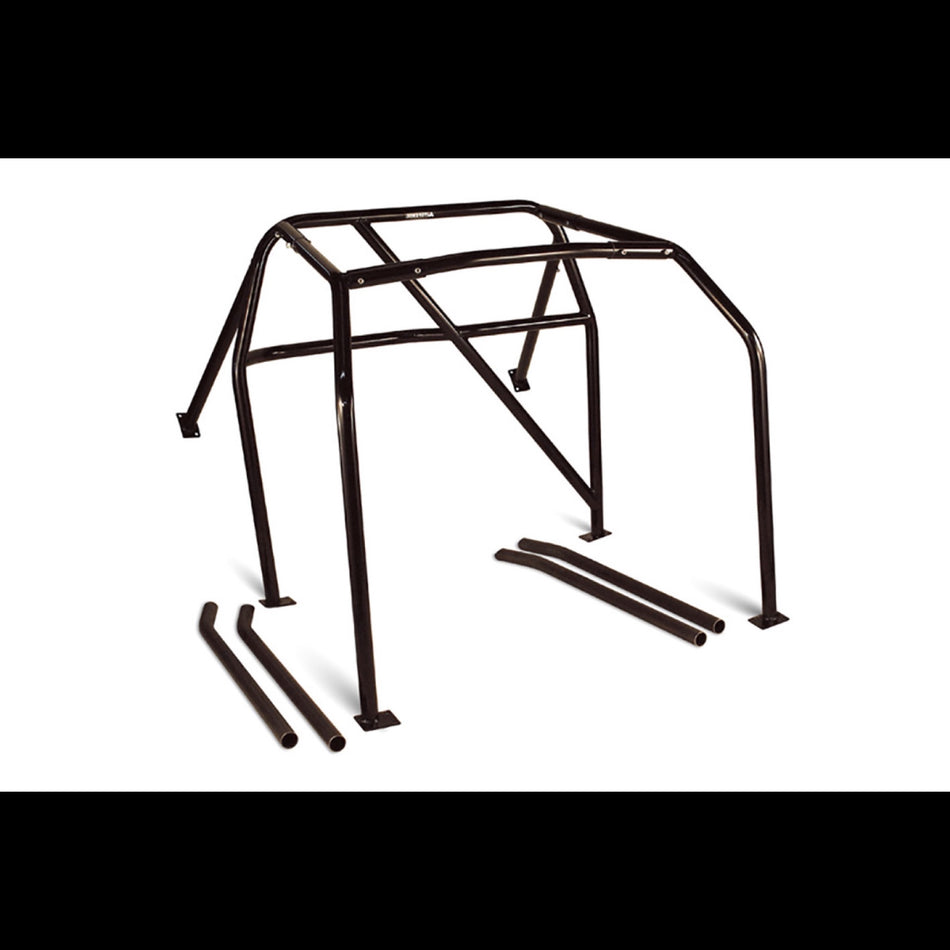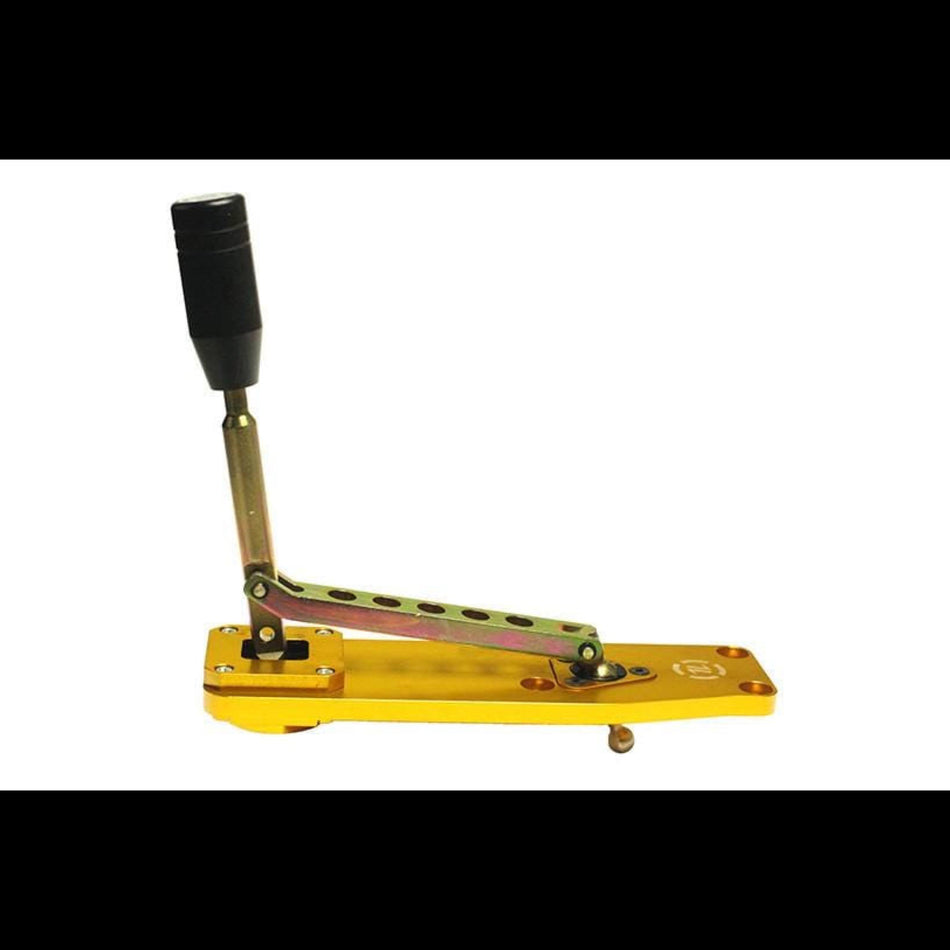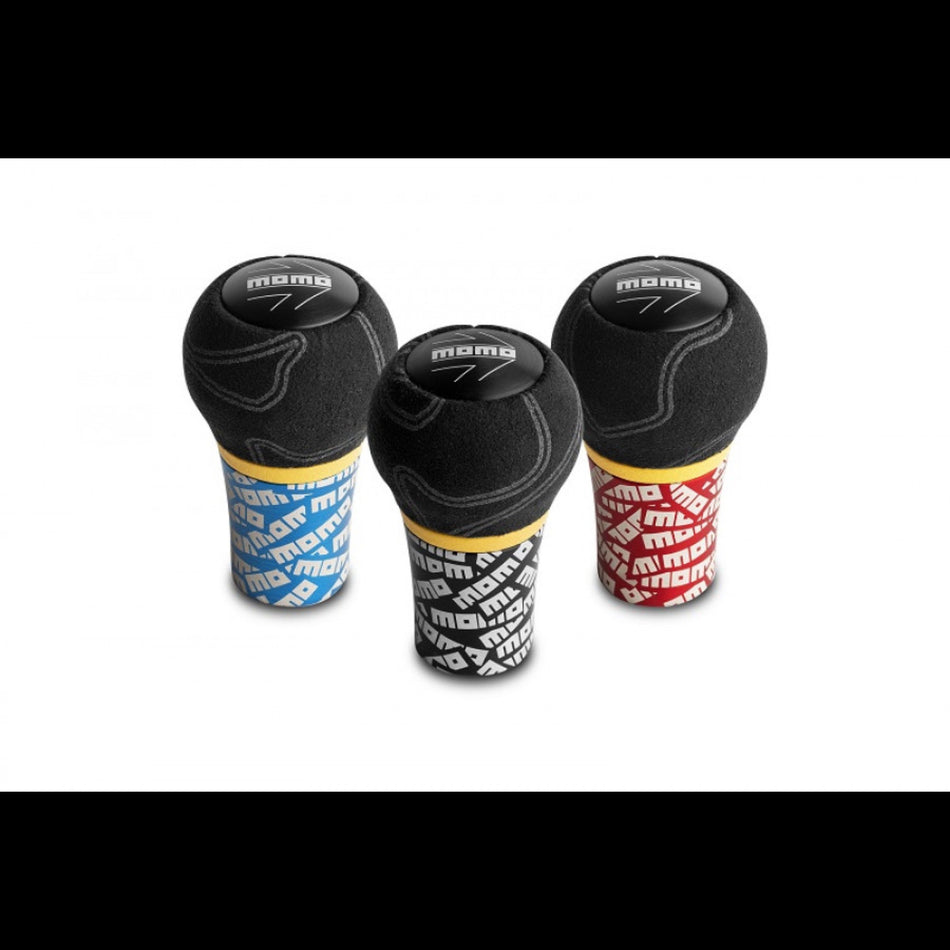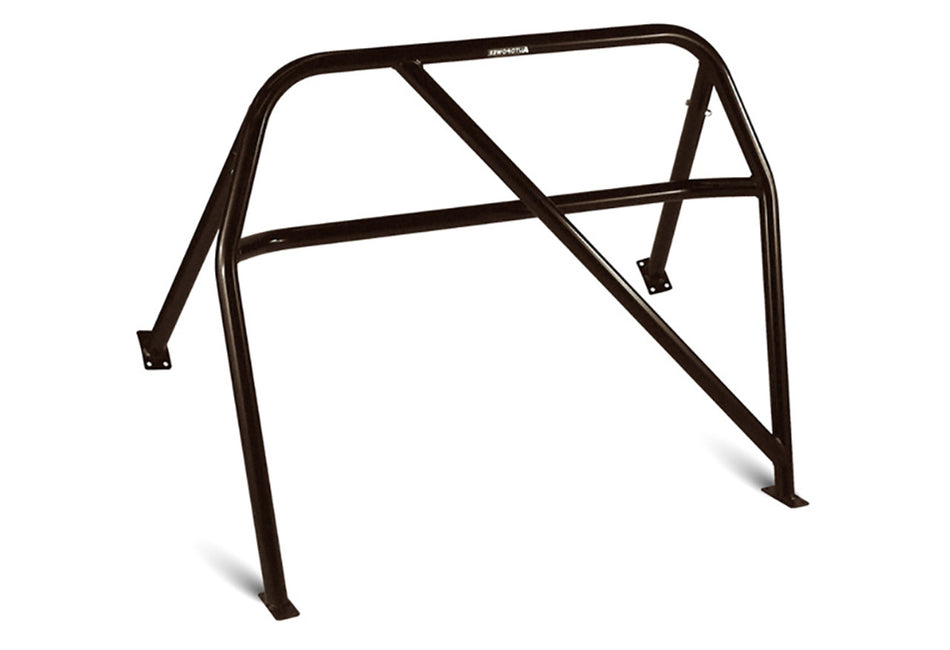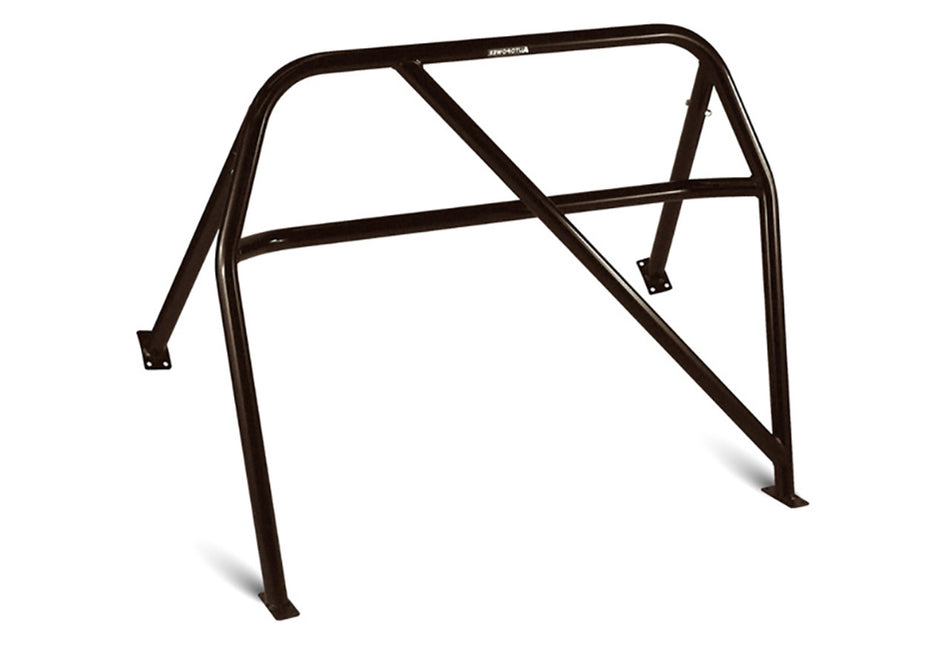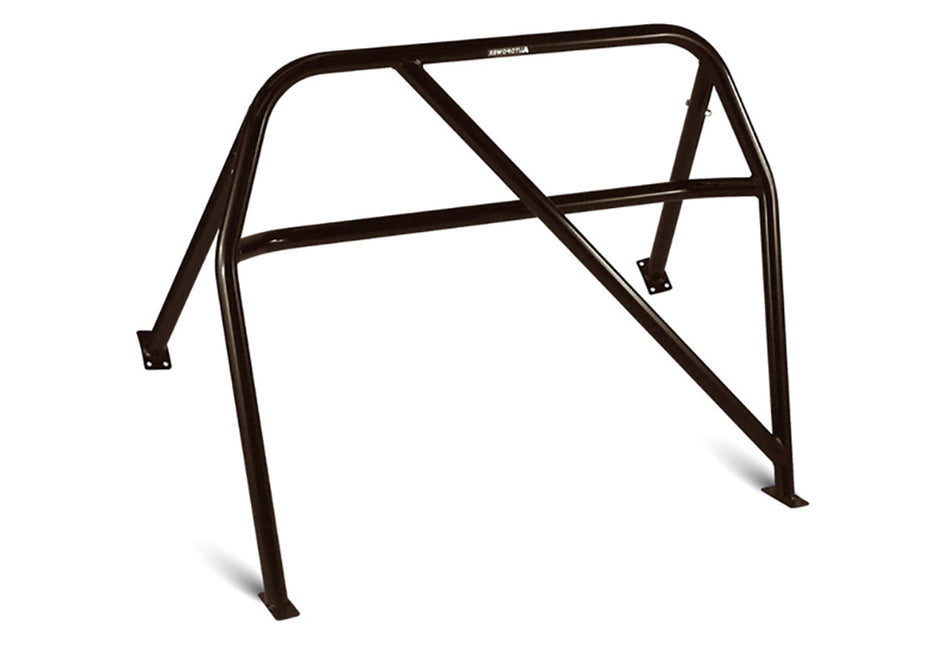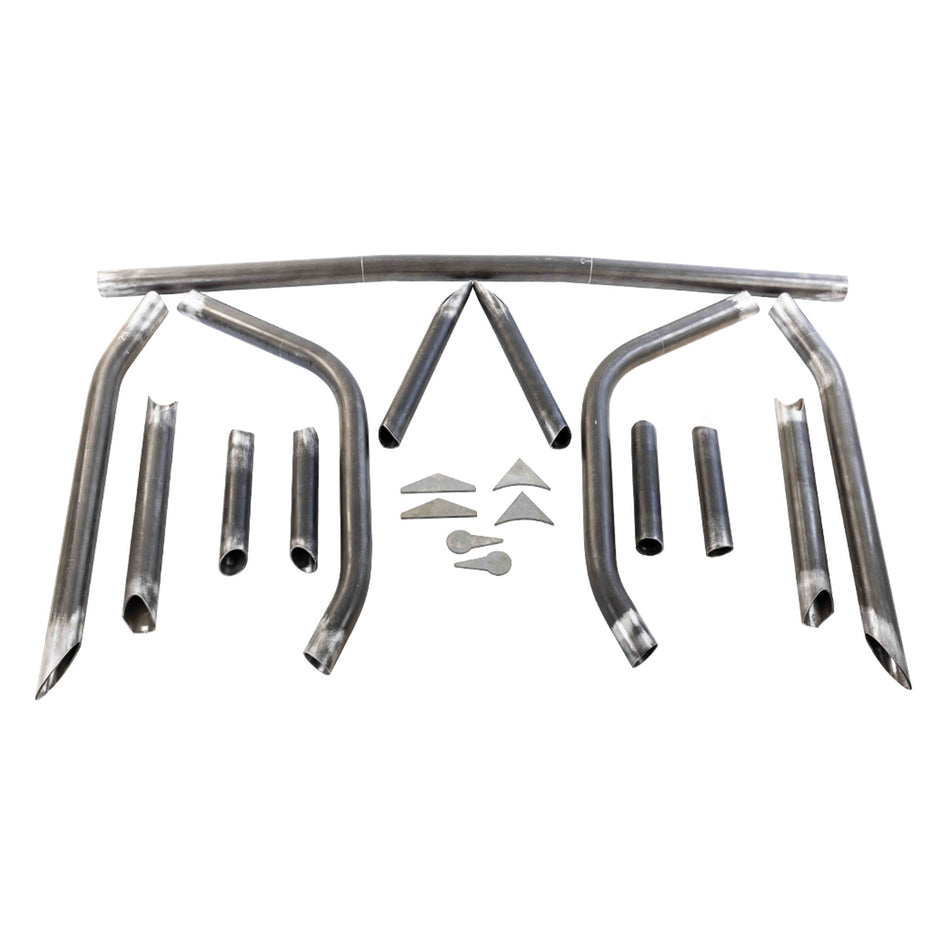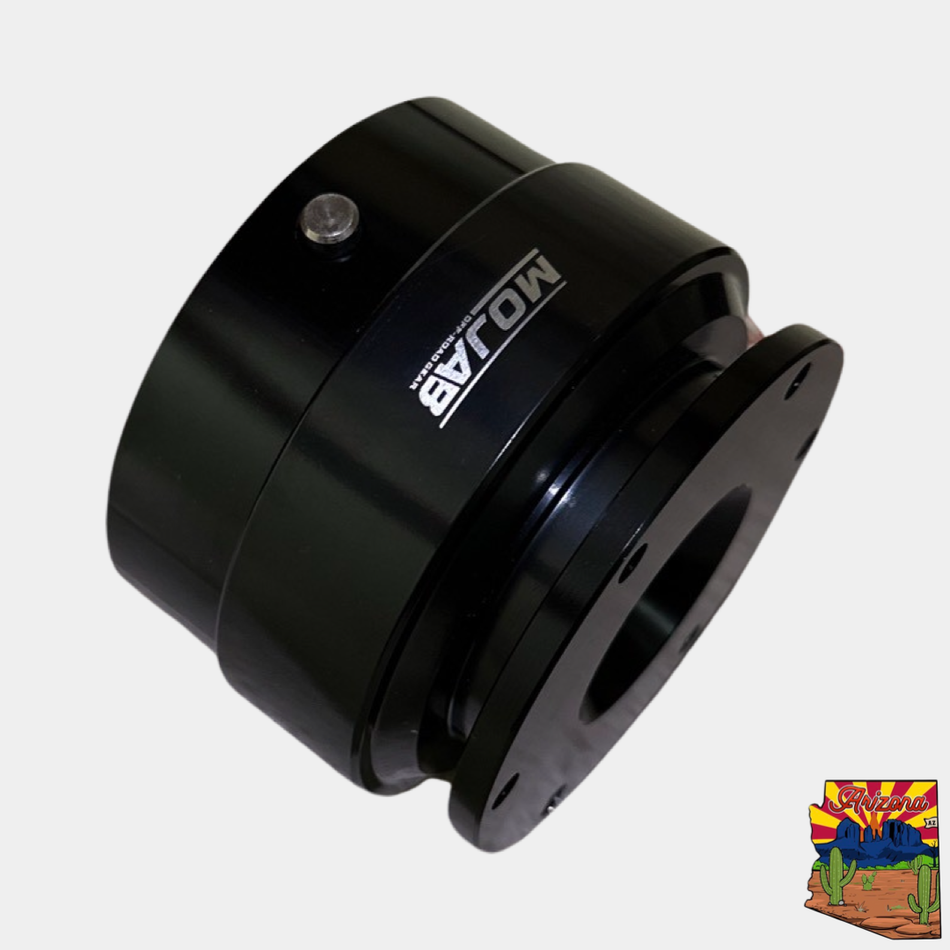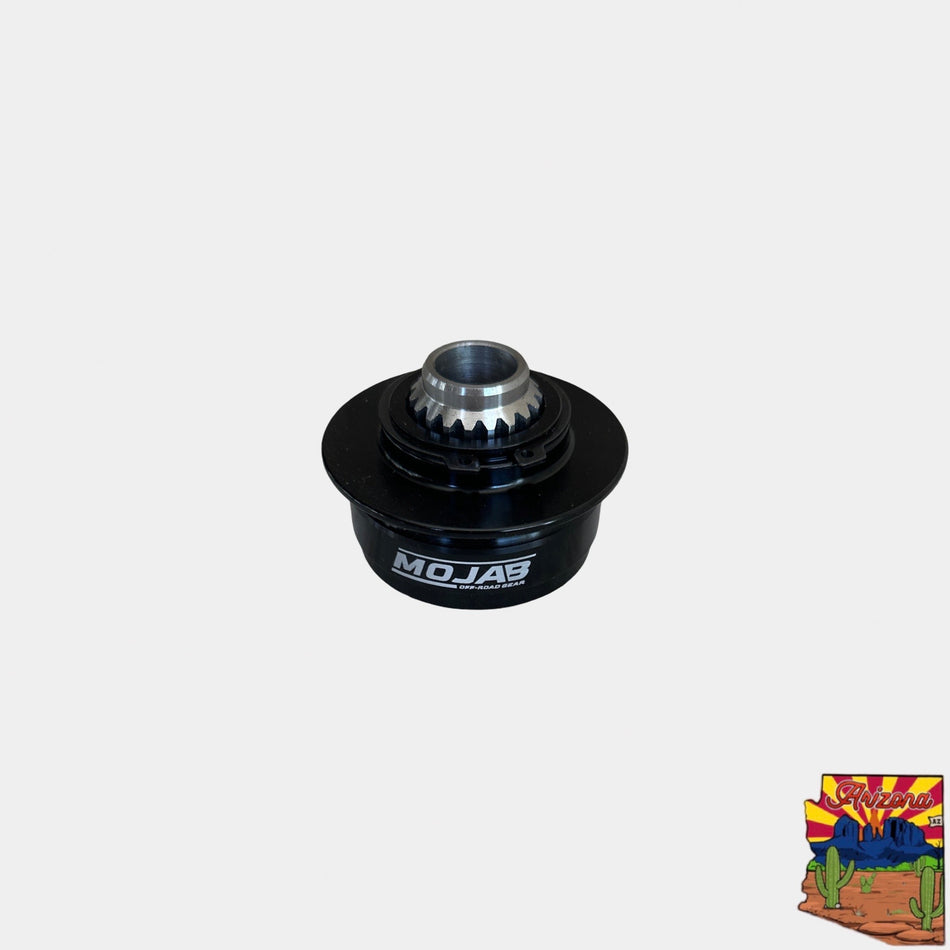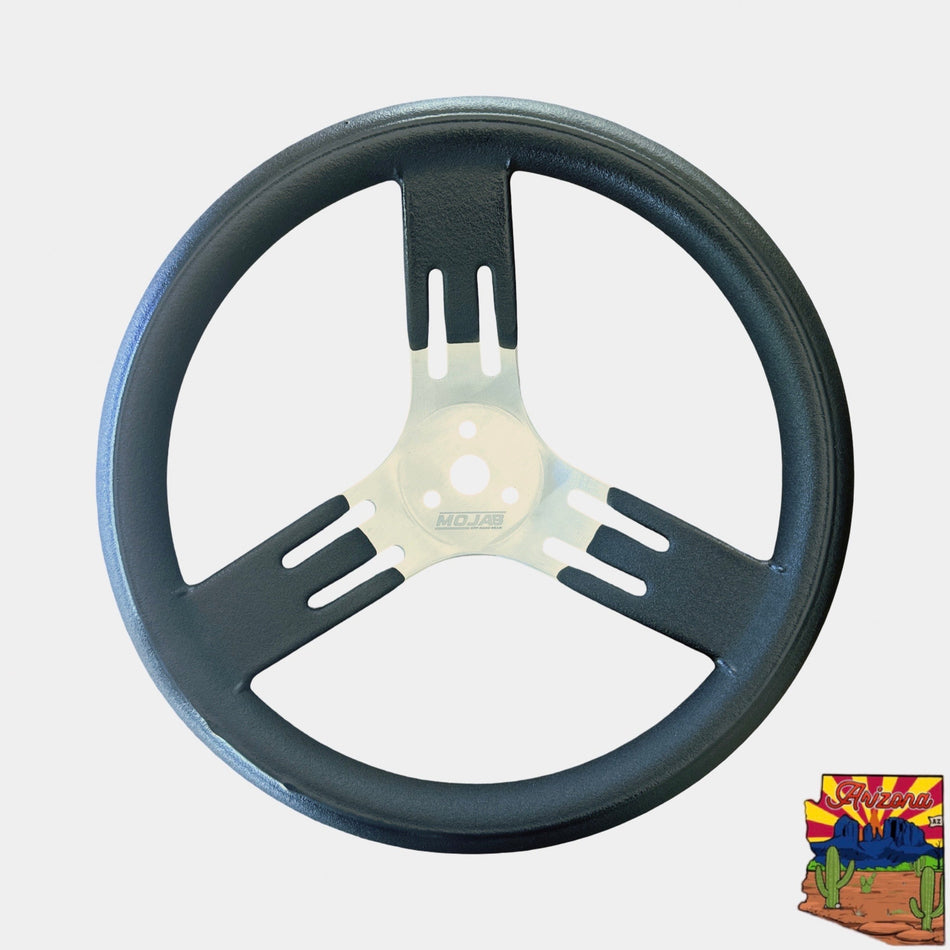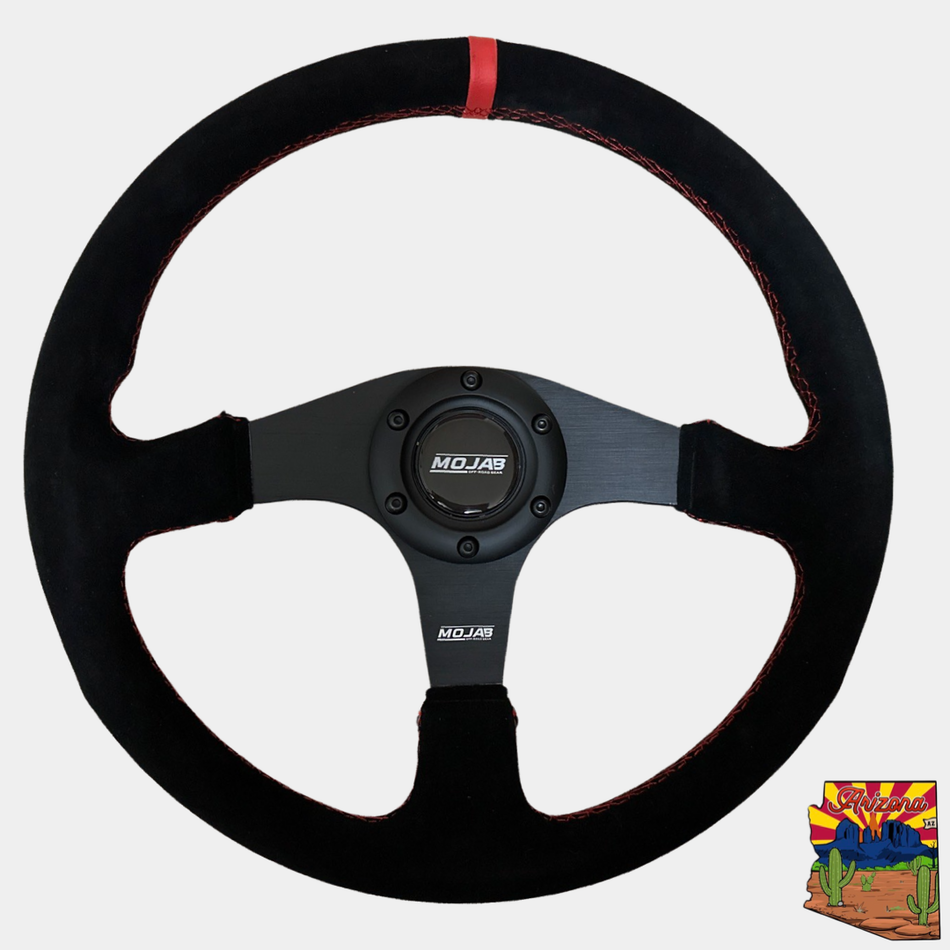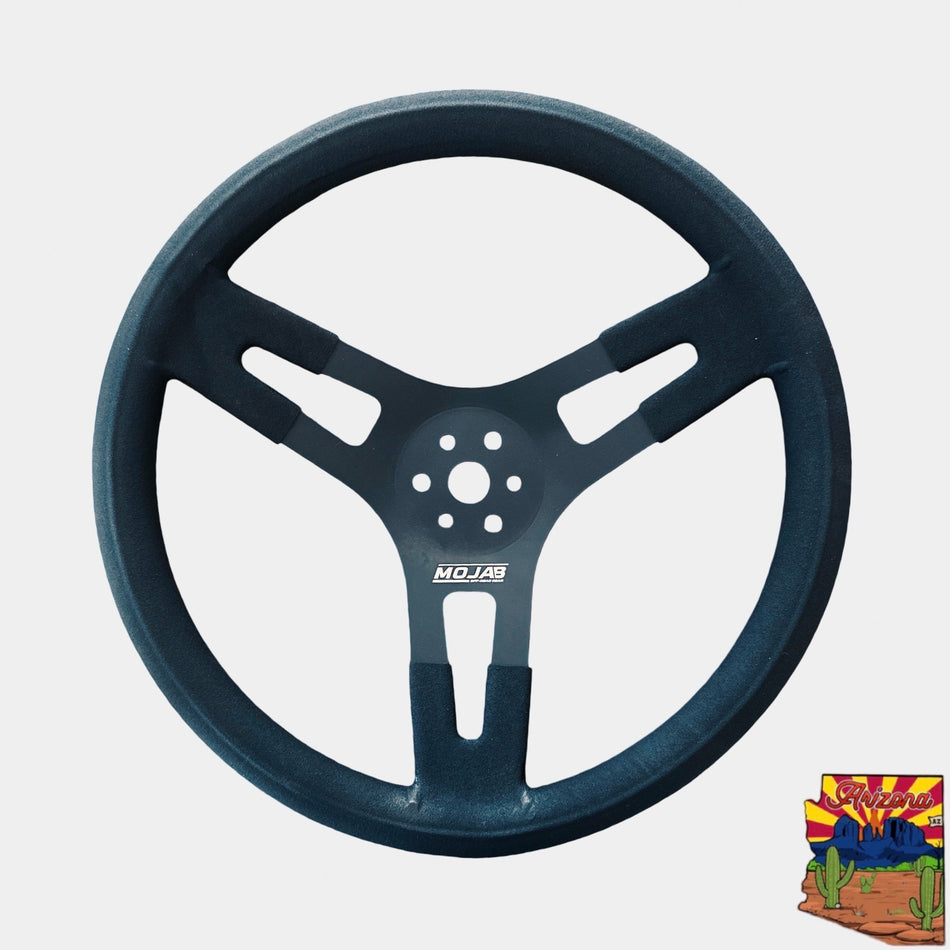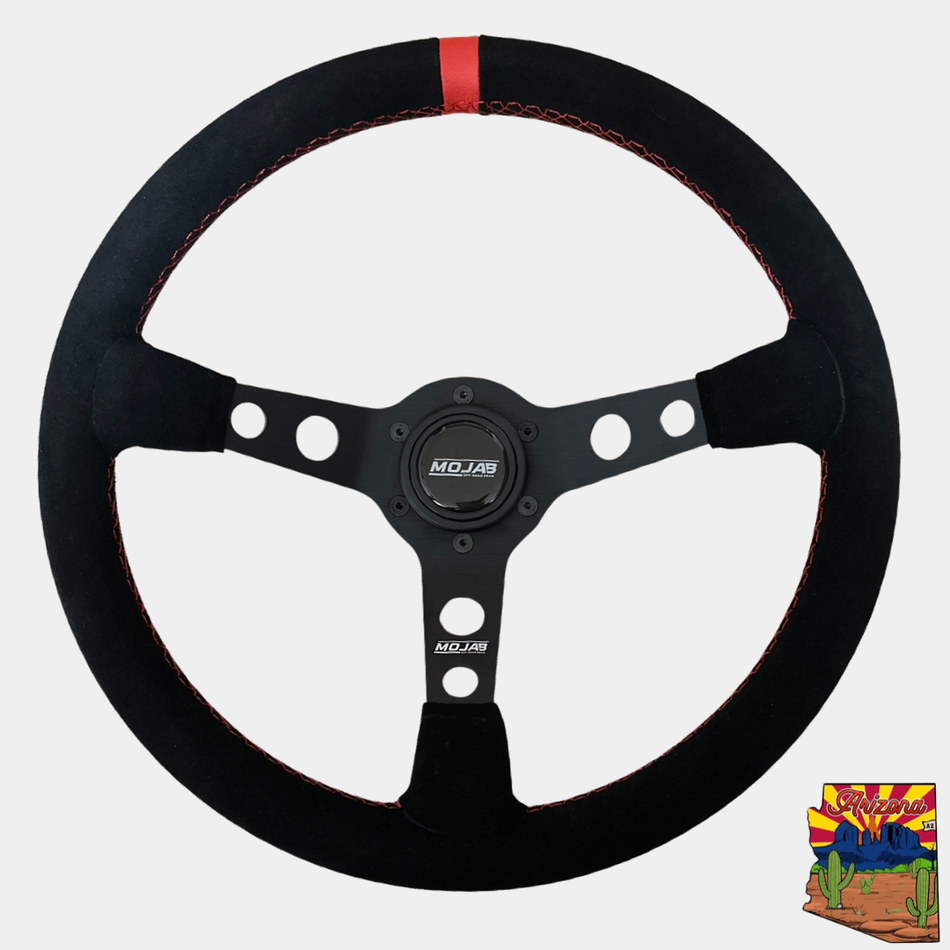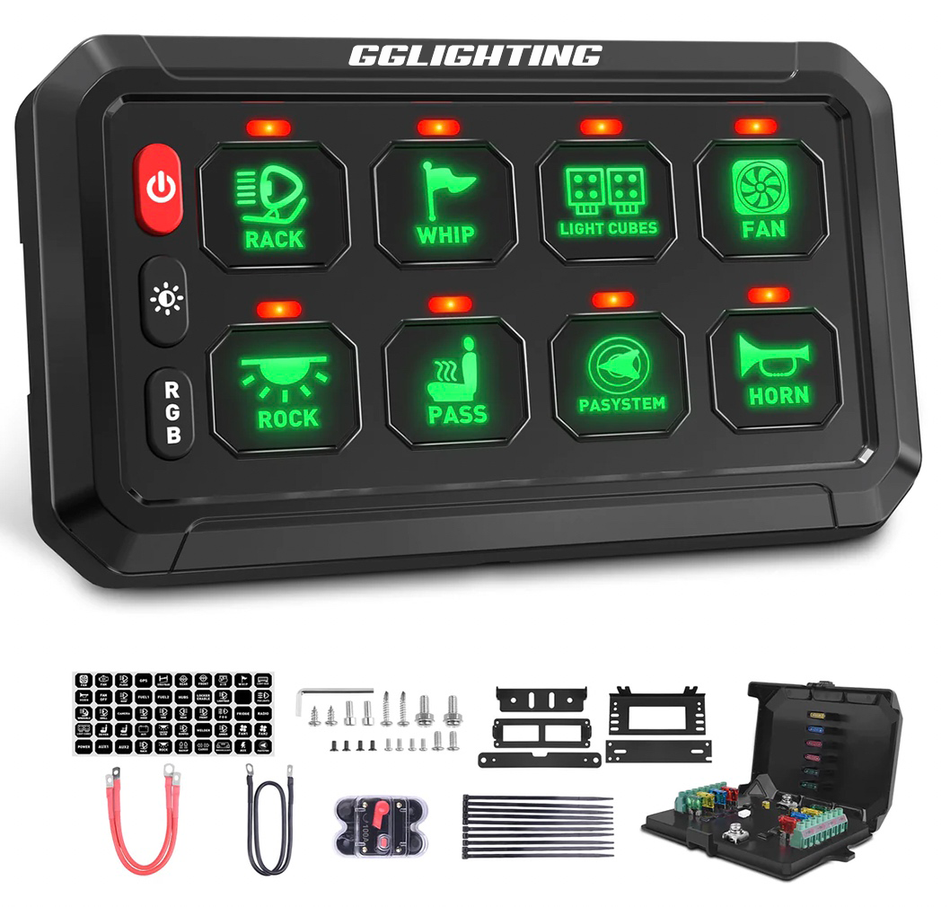About Interior
Introduction: Why Aftermarket Performance Parts are Essential for Racing and Off-Road Vehicles
For automotive enthusiasts, achieving peak performance is a continuous pursuit. Whether you’re racing on the track or conquering off-road terrain, the right upgrades can make a world of difference. While engine mods and suspension tweaks often take center stage, the interior of your vehicle plays a critical role in both comfort and performance.
In this guide, we’ll explore the benefits of aftermarket performance racing and off-road interior parts. From safety to style, these upgrades will transform your vehicle’s driving experience, making it ready for anything the track or rugged terrain can throw at it.
What Are Aftermarket Interior Parts?
Aftermarket interior parts are components designed to replace or enhance your vehicle’s original equipment manufacturer (OEM) pieces. These parts range from racing seats and steering wheels to custom dashboards, gear shifters, and roll cages. When it comes to both performance racing and off-roading, aftermarket interior upgrades can improve not only the functionality of your vehicle but also its overall performance and appearance.
Why Invest in Aftermarket Interior Parts for Racing and Off-Road Vehicles?
- Enhanced Safety
Aftermarket interior upgrades, like racing seats and harnesses, offer better protection by keeping you securely in place during high-speed maneuvers or rough terrain. Off-road vehicles also benefit from custom roll cages and safety nets, offering additional protection in case of rollovers. - Increased Comfort
Custom seats made from advanced materials, such as memory foam or racing-grade upholstery, significantly improve comfort for both racing and off-road adventures. These parts ensure a smoother and more enjoyable ride, even during long hours on the track or off-road. - Better Handling and Control
Upgrading your steering wheel, pedals, and gear shifters can enhance your control over the vehicle. Performance-focused components are designed to provide a more responsive and precise driving experience, ensuring every turn and gear shift is seamless. - Personalization and Style
Aftermarket parts let you personalize your vehicle’s interior, making it truly unique. Whether you want a sleek, race-inspired dashboard or custom seat designs, these parts allow you to reflect your style and preferences. - Durability and Longevity
Many aftermarket interior parts are made with high-quality, durable materials that can withstand extreme conditions. Whether it's racing on the track or tackling rugged trails, these parts are built to last and perform under pressure.
Popular Aftermarket Interior Parts for Racing and Off-Road Vehicles
1. Racing Seats and Harnesses
Racing seats are a vital upgrade for anyone involved in motorsports. Designed to provide superior support, these seats keep you secure during high-speed turns and sudden maneuvers. Well-known brands like Sparco, Recaro, and Bride offer seats that are not only comfortable but also built for safety, featuring integrated harness slots and fire-resistant materials.
Off-road vehicles also benefit from high-quality aftermarket seats that provide long-lasting comfort and durability during tough terrain navigation.
2. Steering Wheels and Pedals
A performance steering wheel offers better control and responsiveness, whether on a race track or an off-road adventure. Options like D-shaped or flat-bottom steering wheels improve visibility and provide more legroom. Made from lightweight materials like aluminum and featuring ergonomic grips, these wheels enhance your connection to the vehicle.
Performance pedal sets, designed for better grip and responsiveness, provide precise control, whether you’re racing or traversing uneven surfaces off-road.
3. Roll Cages and Safety Nets
For racing and off-roading, roll cages are crucial safety components. They’re designed to protect the driver and passengers by maintaining the structural integrity of the vehicle in case of a rollover. Roll cages made from lightweight yet strong materials like steel or chrome-moly tubing are standard in racing vehicles.
Off-road enthusiasts also benefit from added safety nets and door nets, which protect from debris and ensure safety in rough driving conditions.
4. Custom Dashboards and Consoles
Custom dashboards not only upgrade the look of your vehicle’s interior but also offer better ergonomics and functionality. Many aftermarket dashboards feature integrated digital displays, performance gauges, and extra switches that let you monitor critical vehicle data while you drive. For off-road vehicles, rugged, waterproof dashboards are designed to withstand harsh conditions and deliver reliable performance.
5. Shifters and Center Consoles
Performance gear shifters enable quicker, smoother gear transitions, making them a popular choice among racers. Short-throw shifters, for example, reduce the distance between gears, allowing for faster shifts. Off-road vehicles benefit from heavy-duty, ergonomic shifters that can endure tough driving and provide better control over gear selection.
Additionally, center consoles can be upgraded to provide better organization, with added storage options for tools and equipment.
6. Floor Mats and Seat Covers
Durable floor mats designed for both racing and off-roading vehicles protect your vehicle’s interior from dirt, mud, and other debris. High-quality mats made from rubber or all-weather materials are easy to clean and built to last. Similarly, custom-fit seat covers not only keep your seats protected from wear but also add an extra layer of comfort for long rides.
Why Choose Aftermarket Parts Over OEM?
OEM parts are designed for standard vehicle needs, but they may not offer the performance or durability required for racing or off-roading. Aftermarket parts, on the other hand, are engineered for specialized applications and provide several benefits:
- Customization – Aftermarket parts offer a wide range of options, allowing you to tailor your vehicle to meet your specific needs and preferences, whether for performance, safety, or style.
- Enhanced Performance – Aftermarket upgrades are often designed with performance in mind, offering better speed, control, and handling for racing or off-roading.
- Improved Durability – These parts are built to endure extreme conditions, making them more reliable in the long run compared to standard OEM components.
Conclusion: Why Aftermarket Interior Parts are a Game-Changer for Racing and Off-Road Vehicles
Upgrading your vehicle with aftermarket interior parts provides several benefits, from improving safety and comfort to enhancing performance and aesthetics. Whether you're racing or taking your vehicle off-road, the right interior parts will help you get the most out of your ride.
By choosing high-quality aftermarket components, you can ensure your vehicle is ready for anything the track or terrain throws at it. Invest in the best performance parts today and elevate your driving experience!
- Aftermarket performance parts
- Racing seats and harnesses
- Off-road vehicle upgrades
- Custom interior parts for racing
- Roll cages for off-road vehicles
- Performance steering wheels
- Durable off-road seat covers
- Gear shifters for racing cars
- Aftermarket interior parts for performance vehicles

